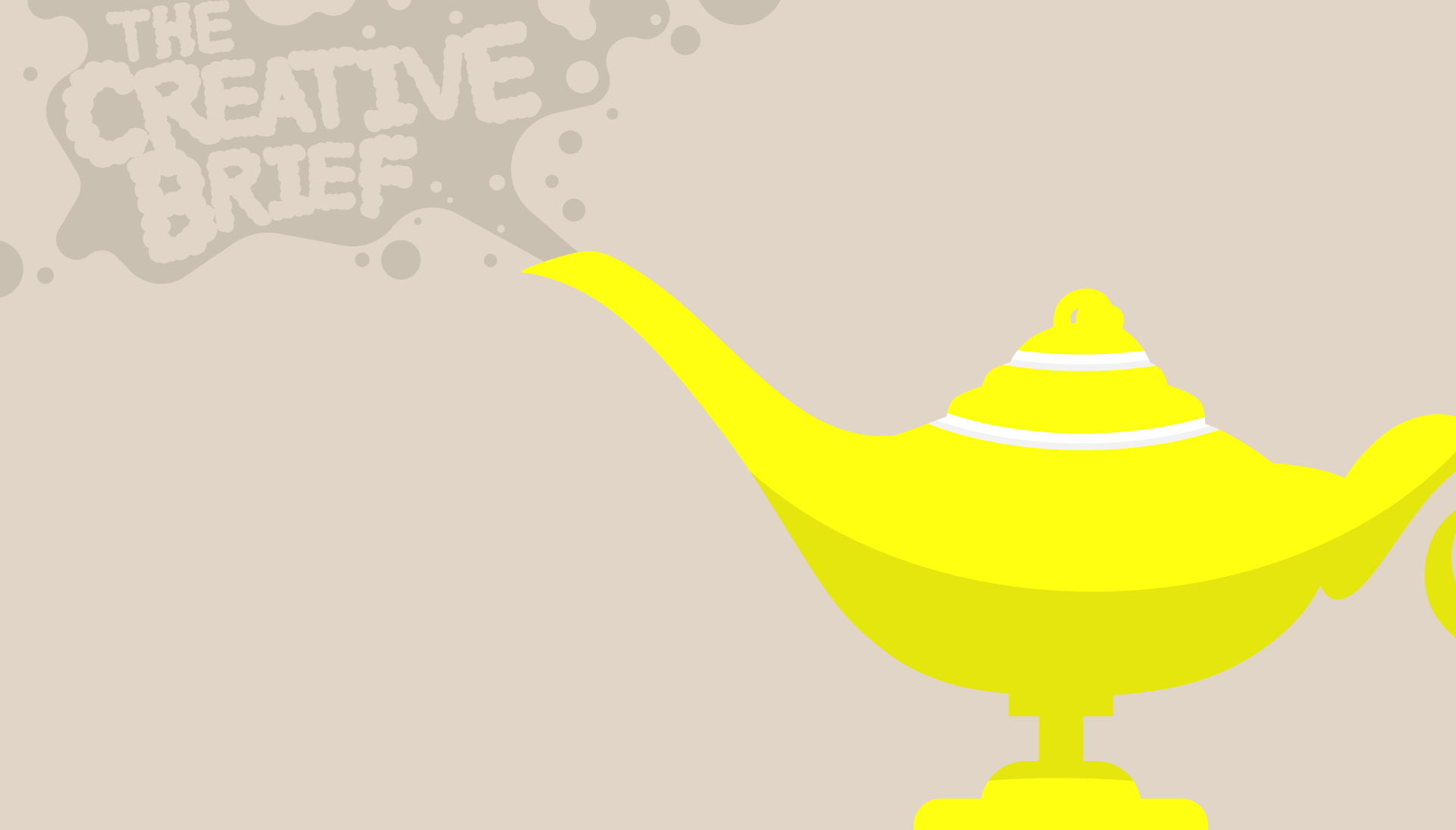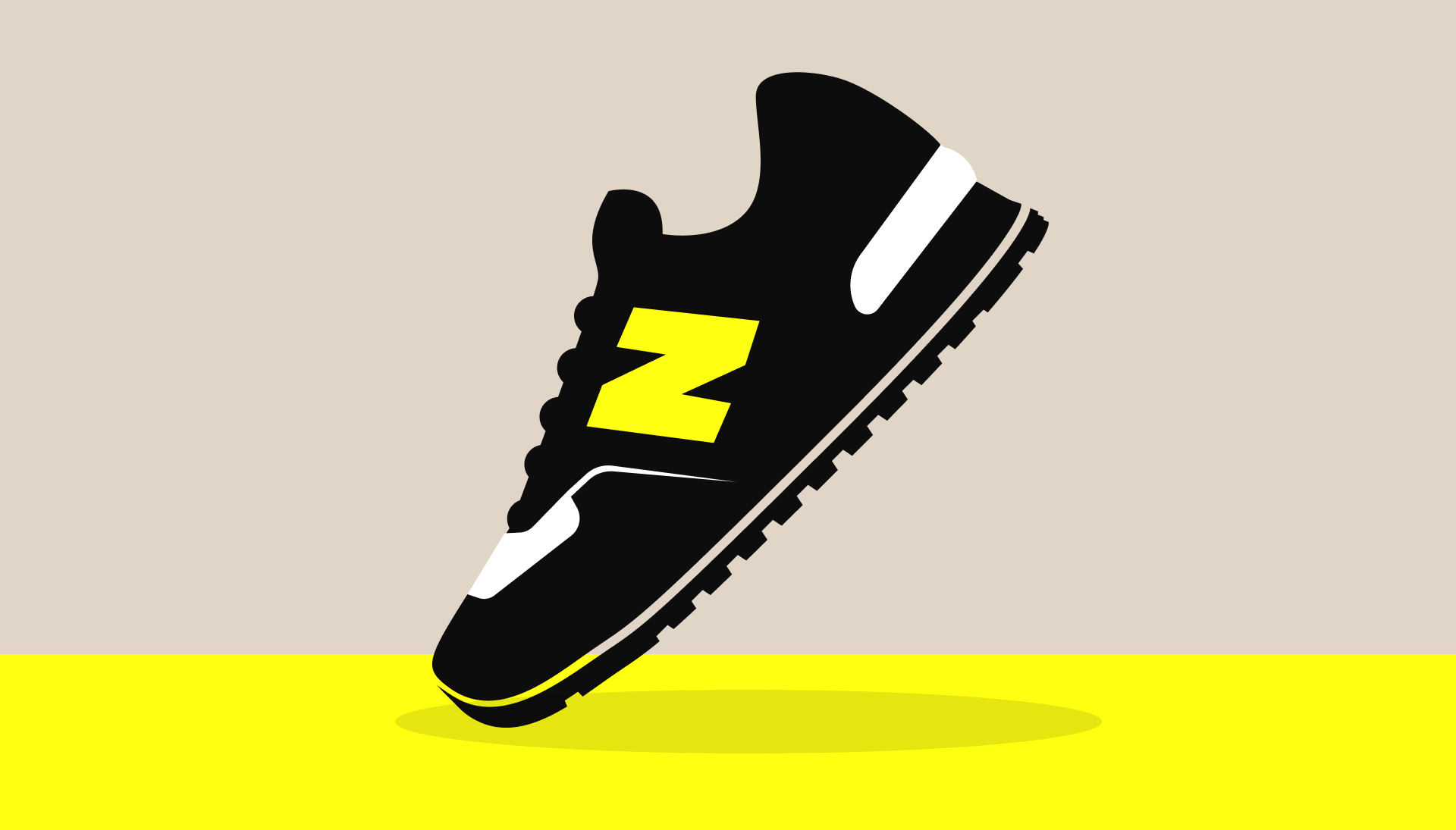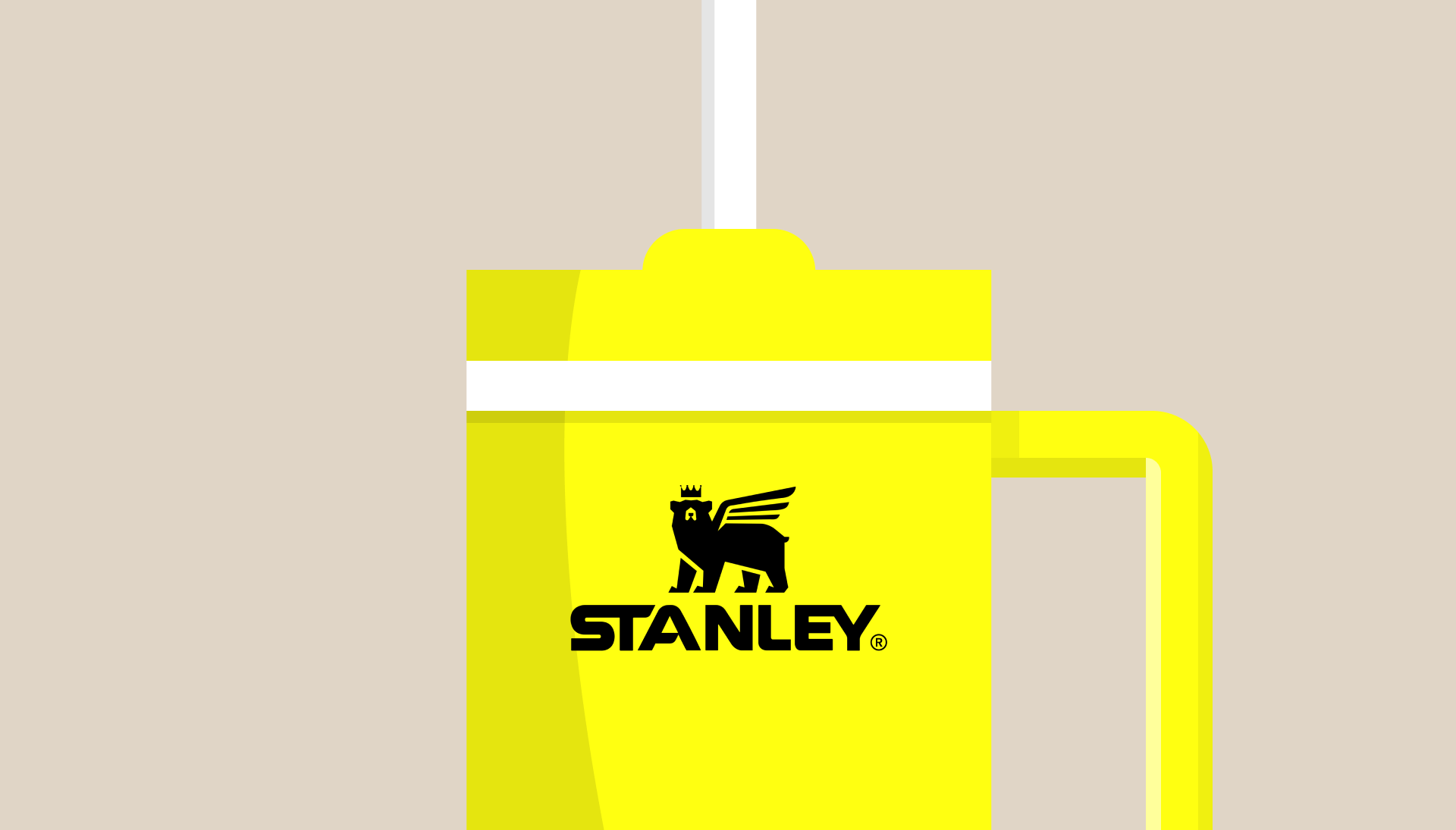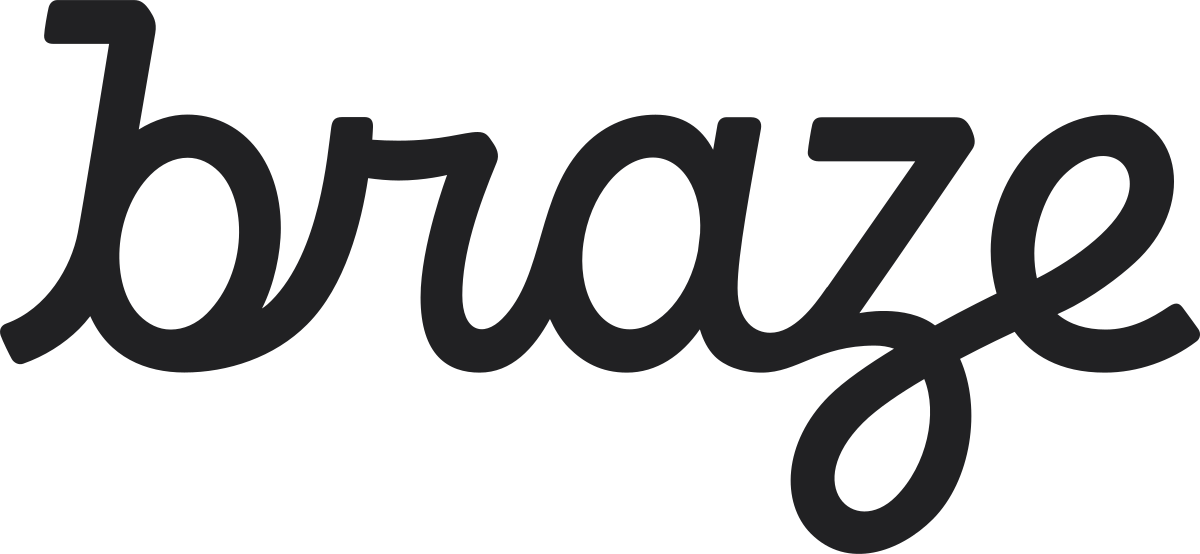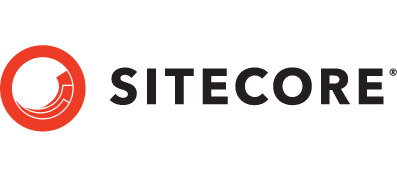If you were one of Gruen’s 900,000+ weekly viewers, you may be missing your weekly fix of advertising analysis in the form of light, often comedic entertainment – particularly from host Wil Anderson. I find that, as a comedian, he’s a great fit for the role and he has a connection with advertising that isn’t obvious at a glance. Working in media and dabbling in open mic comedy, I’ve noticed an interesting series of overlaps between stand up comedy and (mostly digital) advertising.
Insight is at the core of both
An effective ad stems from the understanding of its audience and their connection to/need for the product being advertised. From my experience, a good joke needs insight of some situation that the audience can understand and relate to – either conceptually or from their experience with the topic of the joke.
Both involve some sort of call to action/intended behaviour
The ultimate intention of an ad is to prompt its target’s behaviour – be it a purchase, sign up to a newsletter or filling out a request for a quote. In comedy, jokes are told with the intention that the audience will laugh. It doesn’t always happen – especially for me – but that’s the goal.
Communication has to have a clear, single minded proposition
Both ads and stand up are forms of communication. In order for them to be effective they should be clear. Without expressing a clear idea, your message will be misunderstood and will be met with blank faces. We’ve all seen an ad or heard a joke that had too much going on or was overly “clever” and just didn’t hit the mark at all.
That single-minded proposition may be overblown
In both cases the message will probably be exaggerated. A product’s benefits will solve the problem which is severely limiting your quality of life while a story told on stage tends to involve some extreme situation or hyperbole. Ultimately the audience suspends its disbelief and embraces what’s presented to them by converting in either setting.
Both involve experimentation and optimisation
As we’ve covered earlier, experimentation allows you to see what creative works best in digital by running multiple variants at the same time. You can compare engagement, ROI, conversions and whichever KPIs are most important for your goals. After enough experimenting you can optimise your ads for better results. With stand up you have to experiment with your delivery, content, timing and everything else in between to improve your performance and get a crowd laughing.
Next time you hear a joke
The veil has been lifted. You’ll probably be seeing jokes as ads in another format where the KPIs are based around laughter – volume, frequency duration – and they’re met when the content has been optimised through rigorous experimentation in a live setting.



